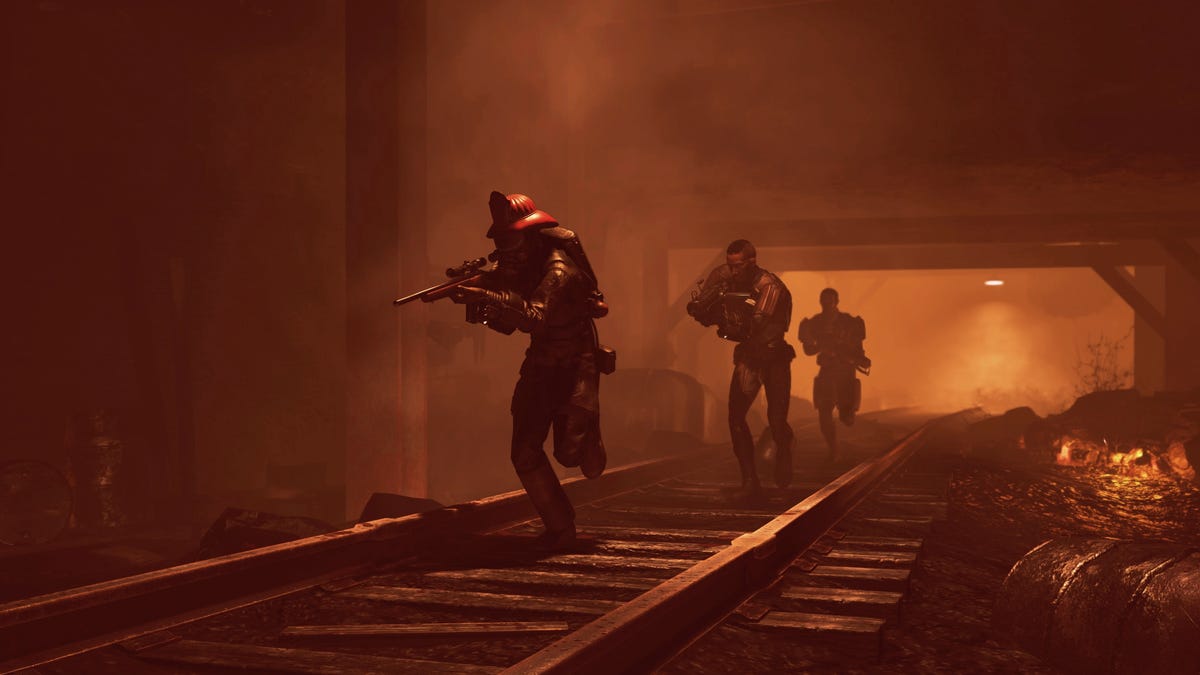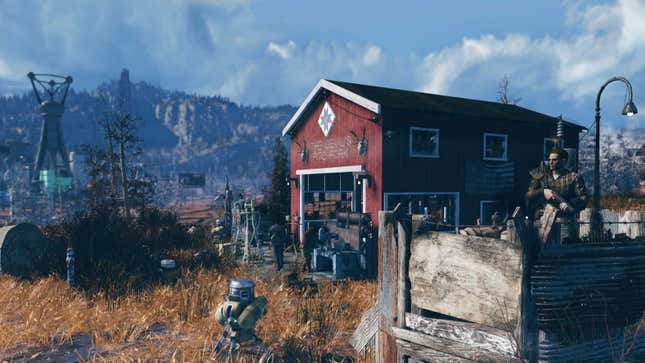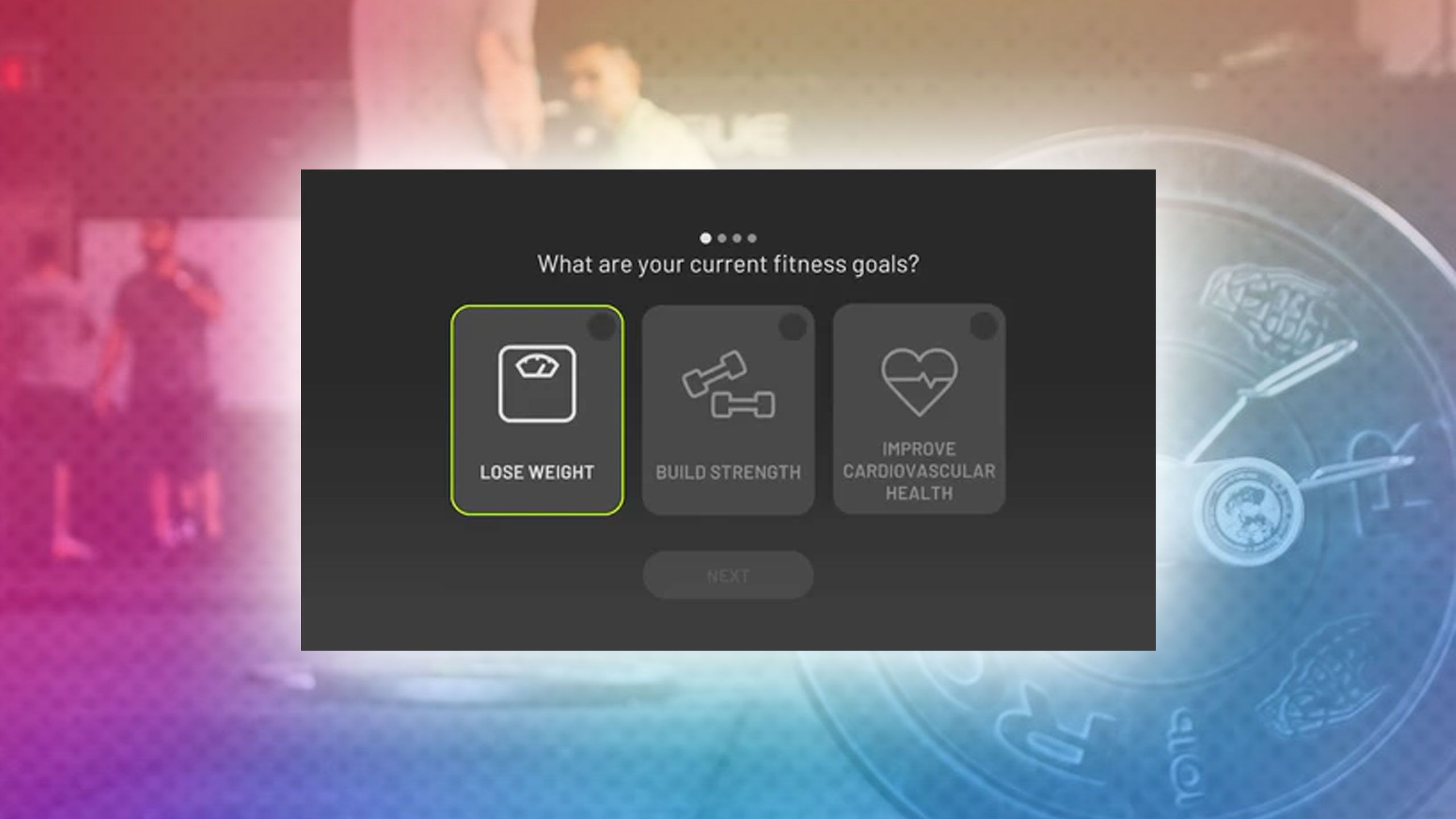Tech
Fallout 76’s Great Community Makes It The Next Logical Step For Fans Of The Show

If you’re anything like me, you went looking for a Fallout game to play the second you were done with watching the well-received Amazon show. Despite the fact that the ending tees up a second season that will assuredly expound on New Vegas, a settlement from a similarly titled and beloved game, I zagged a bit and wound up playing Fallout 76, a survival-MMO based on the first-person RPGs. While functionally and aesthetically similar to Fallout 3 and other, more recent games in the series, Fallout 76 is more than just a multiplayer Fallout game: to me, there’s no better modern entry that picks up on some of the same threads as the show, and I think it’s worth digging into.
Spoilers for the entirety of the Fallout show follow.
Fallout 76 may have been a horribly mismanaged game that launched in shoddy shape, but it’s been rehabilitated over the years into a functional and occasionally great game. As I’ve elaborated elsewhere, the base game’s quests leave a lot to be desired, but it builds a solid and empathetic foundation that I think lovers of the show will appreciate. You spend the opening hours of Fallout 76 meeting the various factions of the world that have tried to reform the Appalachian wasteland, and they run the gamut. Some are raiders who have resorted to barbarity and cannibalism, others are cultists who worship the creatures of folklore that have become real thanks to the nuke, and there are even a few paramilitary fascists among the ranks too, like the Brotherhood of Steel that Maximus (Aaron Moten) belongs to in the show. But, then, there are the Minutemen from Fallout 4 or the Responders, only seen in Fallout 76, who are trying to make a genuine difference. The Responders, in particular, are a fundamentally decent, benign, humanitarian faction that strives to respond to cries for help all across Appalachia. They’re not the police or the firefighters, but rather volunteers who try to promote mutual aid and look after those who otherwise can’t care for themselves. They’re the wasteland’s neighborhood watch, but actually good.
The Responders work in tandem with other organizations to the best of their ability to assist everyone as best they can. They take over an abandoned country club, turn it into a refuge complete with living quarters and a mall, run supplies to other settlements, and repair a Vertibird so that players can fly out to other areas outside of West Virginia—which eventually comes to include Pittsburgh and Atlantic City—in order to explicitly embark on missions to aid those who need assistance in these rough-and-tumble locations. The Responders are the shining beacon of Appalachia, and an example of what a post-capitalist society might hopefully look like. They are also the foundation of a lot of Fallout 76’s players’ attitudes towards one another.
When you talk about Fallout 76, the conversation can’t help but turn to its community, which has been called overwhelmingly kind and welcoming everywhere I’ve looked. Based on my time with the game, I can’t help but concur. A random player likely gave me a generous helping of Stimpaks because they saw my relatively lower level as I was standing outside of a dungeon and figured I needed help. When me and my friends tackled an exciting event about a Nightstalker, various experienced players with fully kitted Power Armors defended us from swarms of Ghouls while we made noise in order to lure the monster out. No one that I’ve ever come across in the wilds has harassed me or tried to attack me, and just the other day I saw my first player-run shop. It was mere steps away from the Wayward bar, which new players are directed to almost immediately after emerging from Vault 76 at the start of the game, and nearly everything on sale vastly undercut asking prices that NPC vendors were peddling. Most folks seem to take care of one another in Fallout 76.

This is a thread I can’t help but pick up on with newfound appreciation after watching the wonderful Fallout television show. Despite the fact that the main characters spend the majority of the show’s run navigating the lawless wasteland, the ultimate aspiration of everyone is a return to some kind of community. Each character and their faction has a different vision of what that looks like, but it’s the “villain” Moldaver’s (Sarita Choudhury’s) vision that is most compelling and in line with Fallout 76. Her goal throughout the show is to secure a source of power that could help her build a community, allowing her to recreate Shady Sands, the commune she helped lead before Kyle MacLachlan’s Hank MacLean selfishly nuked it off the face of the Earth. All of the show’s various forces clash at Griffith Observatory in Los Angeles, but despite her death, Moldaver wins. She lives just long enough to see her new cold-fusion reactor restore power to the remains of Los Angeles. The last image she sees is a hopeful one.
A few members of Fallout’s central cast have complicated ties to Shady Sands. Lucy (Ella Purnell) discovers that her mother took her there early in her life, which motivated her father’s vituperative attack on the community. Maximus’s earliest memories begin at the dropping of the bomb on Shady Sands, suggesting he was born there. Their shared history there and the materialization of Moldaver’s goal, not to mention the intent of the New California Republic to which she belongs, suggests that the show isn’t done interrogating the possibilities of places like Shady Sands, which could make for a saving grace amid the mess above ground. Of course, Moldaver’s death and the defeat of the NCR in the finale’s battle leaves all that power in the hands of the fascistic Brotherhood of Steel and Maximus.
Fallout 76 isn’t in an entirely different place. As far as I know, the Brotherhood also similarly begins encroaching on Appalachia, which has been settled by many of the local Vault dwellers and factions, including the Responders. Even outside of the literal factions of the game, the players have formed their own kind of faction and sense of community that is threatened by groups such as these moving in. Much like gentrifiers, the Brotherhood install themselves in Appalachia, build structures that push out others, and quite literally take up a place in the world that can no longer be made into a player-run installation. Considering how many veteran Fallout 76 players go out of their way to build such things for the benefit of everyone else in Appalachia, there’s always this threat that the further the game goes on, and the more it adds to the world, the more the player community is threatened and squeezed. Though I don’t realistically see Bethesda ever adding so much that players begin facing such constraints, it’s an interesting way to consider the community that’s formed around Fallout 76 and its relationship to the game and world.
Both Fallout (the show) and Fallout 76 seem to position these righteous communities against the harsh realities of a world that would rather snuff them out, and I’m curious to see how both wrestle with it. Fallout 76’s wildly positive community has already endured long enough to see the game’s reputation repaired, so who’s to say what else it can’t tolerate. While the show’s resolution is a long way down the line, its emphasis on community and the idea of making something better than what we inherited is a thematic throughline that makes Fallout 76 feel like the logical successor for folks that Fallout resonated with.







